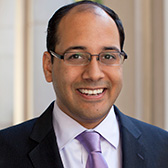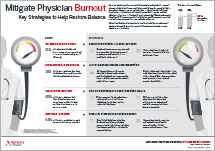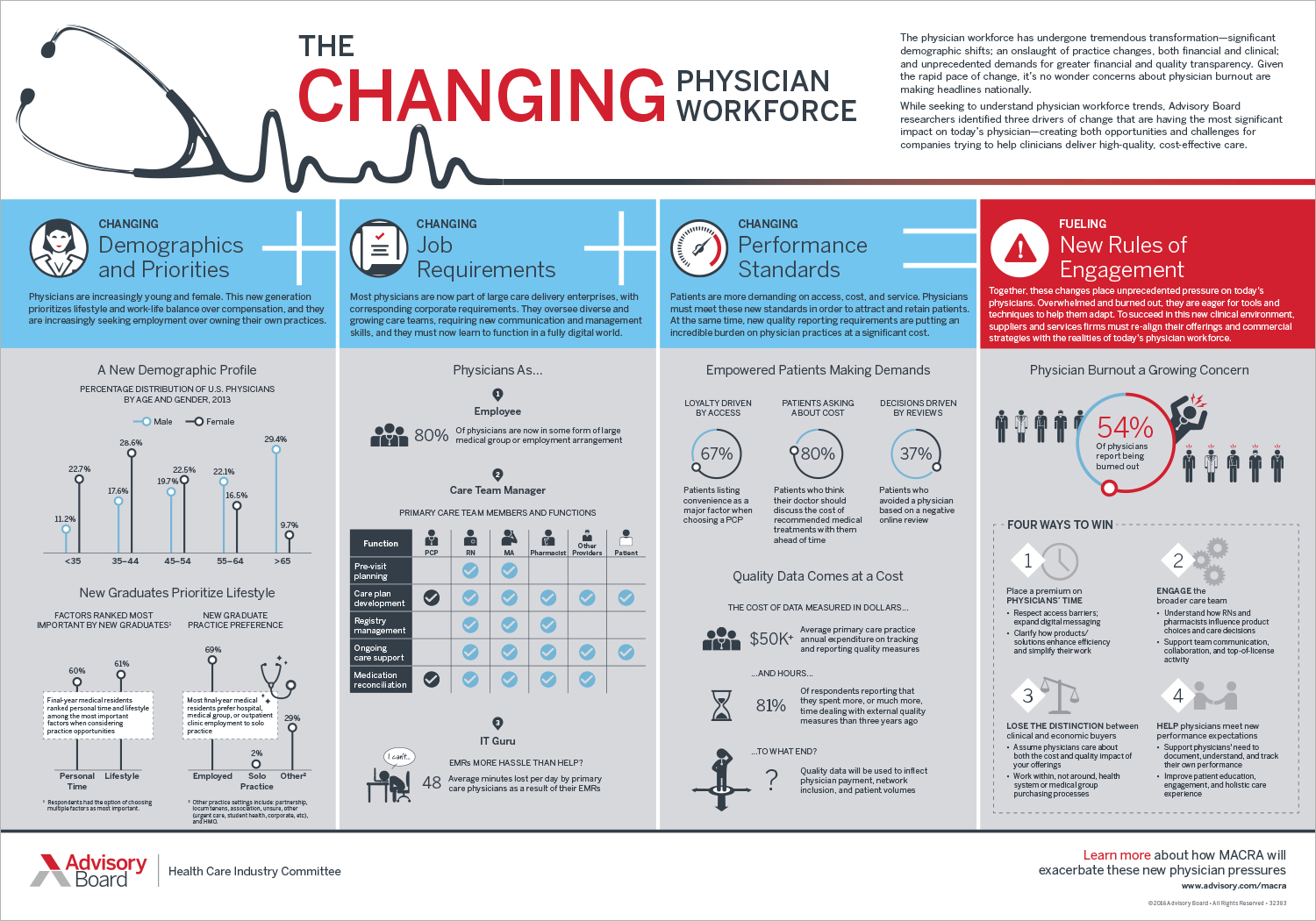Read Advisory Board's take on this story: How 3 top health systems are confronting burnout head-on
Physicians who are experiencing burnout might be more likely to report medical errors than doctors who do not feel strained, according to a study published Monday in Mayo Clinic Proceedings.
Study details
The study is based on more than 6,000 responses to a cross-sectional, observational, anonymous survey of physicians between August 2014 and October 2014. The survey included responses from physicians across all specialties. Researchers presented the survey as a means to assess the factors that contribute to physicians' satisfaction.
The survey asked questions about respondents' demographics, practice settings, and work hours, as well as questions about:
- Burnout;
- Depression;
- Fatigue;
- Major medical errors that respondents were concerned they had made over the past three months;
- Suicidal thoughts; and
- Well-being.
The survey also asked respondents to rate their work with "an overall grade on patient safety," with:
- A being an "excellent" grade;
- B being a "very good" grade;
- C being an "acceptable" grade;
- D being a "poor" grade; and
- F being a "failing" grade.
Findings
According to the survey, respondents worked a median of 50 hours per week. The survey found that:
- 54% of respondents reported experiencing at least one major symptom of burnout;
- 33% of respondents reported experiencing excessive fatigue; and
- 6.5% of respondents said they had suicidal thoughts at some point over the previous 12 months.
Just 3.9% of respondents assigned their work a "poor" or "failing" patient safety grade, the survey found. However, 10.5% said they were concerned that they had made a major medical error within the past three months. Among those respondents, the most common medical errors reported were:
- Errors in judgement, at 39%;
- Incorrect diagnoses, at 20%; and
- Technical mistakes, at 13%.
According to the survey, more than 55% of the reported errors did not seem to affect patient outcomes, while 5.3% led to severe, permanent morbidity and 4.5% led to death. Respondents who worked in emergency medicine, neurosurgery, and radiology were most likely to report medical errors, while respondents who worked in anesthesiology, pediatric subspecialties, and psychiatry were the least likely to report medical errors, the survey found.
The researchers noted that burnout, fatigue, and suicidal thoughts were strongly linked with reports of medical errors. According to the researchers, 78% of respondents who reported a medical error also reported experiencing symptoms of burnout, 47% also reported feeling fatigued, and 13% also reported having had suicidal thoughts. After accounting for differences in hours worked per week and demographic factors, the researchers determined that respondents who reported experiencing symptoms of burnout were 2.2 times more likely to report a medical error than those who did not experience such symptoms. Likewise, the researchers concluded that respondents who reported experiencing fatigue were more likely, by about 15 percentage points, to report medical errors than those who did not report feeling fatigued, and respondents who reported having suicidal thoughts were about twice as likely to report medical errors as those who did not report such thoughts (Haelle, Medscape, 7/9; Baker, "Vitals," Axios, 7/10; MacIntyre, ABC News, 7/9).
Advisory Board's take: How 3 top health systems are confronting burnout head-on

Hamza Hasan, Practice Manager, Medical Group Strategy Council
This new study echoes what we've long heard about the pernicious impact of physician burnout. In our coverage of the topic, we've reported that burnout is not only linked to medical errors but to lower patient satisfaction, longer post-discharge recovery time, and lower physician productivity.
Health systems can't afford to ignore the issue, but fortunately leading health systems have figured out effective best practices to take it on. Here's how three leading systems have addressed the problem:
- Ministry St. Joseph's Hospital leveraged its existing executive rounding program to fight burnout. Many hospitals have executives who regularly round at the hospital to hear from staff, and St. Joseph realized that this rounding offered a perfect forum to address burnout. St. Joseph created a list of 50 high-impact physicians who might be facing burnout, including committee and department chairs, high admitters, and physicians with less than one year tenure. Then, they tasked a team of seven executives to meet one-on-one with each of these physicians every quarter.
In these conversations, executives work from a structured script of talking points aimed at facilitating a productive conversation about the problems the individual physician is facing. All issues that physicians bring up are tracked, addressed and planned to be updated at the next meeting. This gives executives the chance to get insight into the issues that physicians are experiencing, and offers them the opportunity to surface and solve easy wins on burnout.
“Burnout is not only linked to medical errors but to lower patient satisfaction, longer post-discharge recovery time, and lower physician productivity.”
- Mercy Health revamped scorecards to help highlight positive feedback for physicians. Mercy Health realized that much of the feedback that physicians received on a regular basis was negative and/or overly complicated. Receiving this negative feedback, especially alongside comparisons to generic metrics, discouraged physicians and made them feel like a cog in the organizational wheel—both factors that can lead to burnout.
So Mercy decided to revamp their scorecards to make them user-friendly and easy-to-read. They cut down on the number of metrics, displayed data more intuitively, and put compelling patient or provider stories at the beginning of each section.
- Stanford Health rewards physicians for their work outside of patient care. Stanford Health uses a time-banking program that allows physicians to track and "bank" the time they spend on non-clinical duties. These tasks, such as mentoring, serving on committees, or covering call shifts for team members, are often underappreciated. Banked time can then be traded for time-saving rewards in the physician's work and home lives. For instance, they can trade it for meal delivery services, housework help, or grant-writing assistance—all activities that free up time for doctors and also rewards physicians for the work they do for the organization.
To discover more about these approaches, as well as the five key insights about burnout today, read our research report on combating physician burnout.
Don't miss out on the latest Advisory Board insights
Create your free account to access 2 resources each month, including the latest research and webinars.
Want access without creating an account?
You have 2 free members-only resources remaining this month remaining this month.
1 free members-only resources remaining this month
1 free members-only resources remaining this month
You've reached your limit of free monthly insights
Become a member to access all of Advisory Board's resources, events, and experts
Never miss out on the latest innovative health care content tailored to you.
Benefits include:
You've reached your limit of free monthly insights



